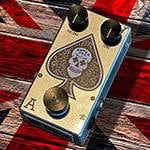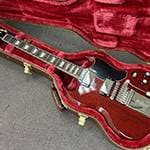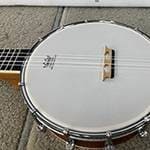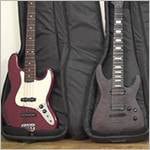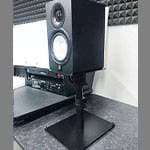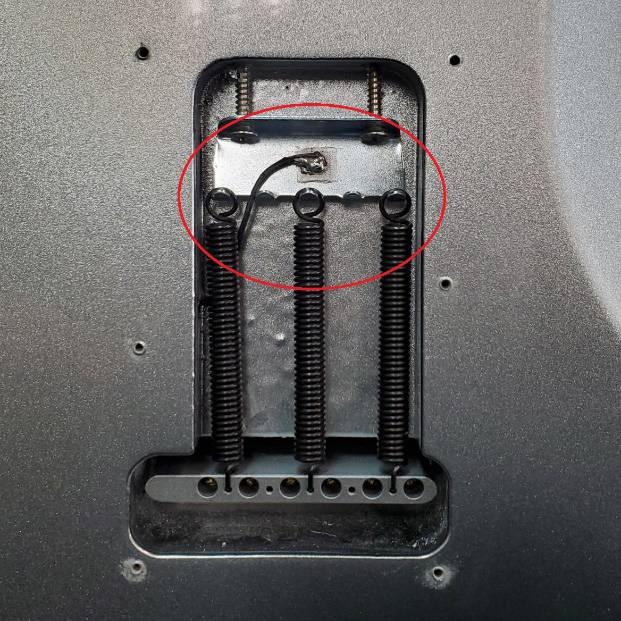
What is this wire?
Hello, everyone.
Are you playing guitar?
If you’ve ever removed the tremolo panel on an electric guitar with a tremolo unit, you may have noticed a wire attached to the hanger section. Many people might think, “What is this?” when they first see it.
Actually, this wire has a very important role!
In this post, I’m going to explain this wire in simple terms.
*This article is written for beginners, so I’ll keep the explanation as straightforward and easy to understand as possible. Please bear with the lighter content but please read through to the end.
So, what exactly is this mysterious wire?
To get straight to the point, it’s a ground wire for the strings.
But what is string grounding? Have you ever experienced noise when you take your hands off the strings or bridge of your electric guitar or bass, which disappears when you touch them?
In a nutshell, that’s string grounding.
You can play electric guitars by picking up the vibrations of the metal strings with pickups (microphones), amplifying them with an amp, and outputting the sound through speakers.
The pickups (and other electronic components) are designed to pick up not only the string vibrations but also external electromagnetic waves.
Given this, if you look closely at the guitar’s structure...
There are mics that pick up string vibrations and electromagnetic waves and other electronic components and six long metal strings...
It’s like a radio, right?
The strings are like antennas!
And since we, the players, become conductors (antennas that gather electromagnetic waves), we contribute to the noise.
By grounding the strings, when you touch the strings or bridge, the wire connects the noise source (the player) to the guitar’s ground, allowing unwanted electromagnetic waves (noise) to dissipate through the ground, enabling a more enjoyable playing experience.
So, where is the string ground wire on non-tremolo guitars? For most bass guitars, there’s a hole under the bridge where the wire comes out.
On guitars with TOM bridges, like Les Paul models, it’s connected to the anchor of the strap tailpiece.
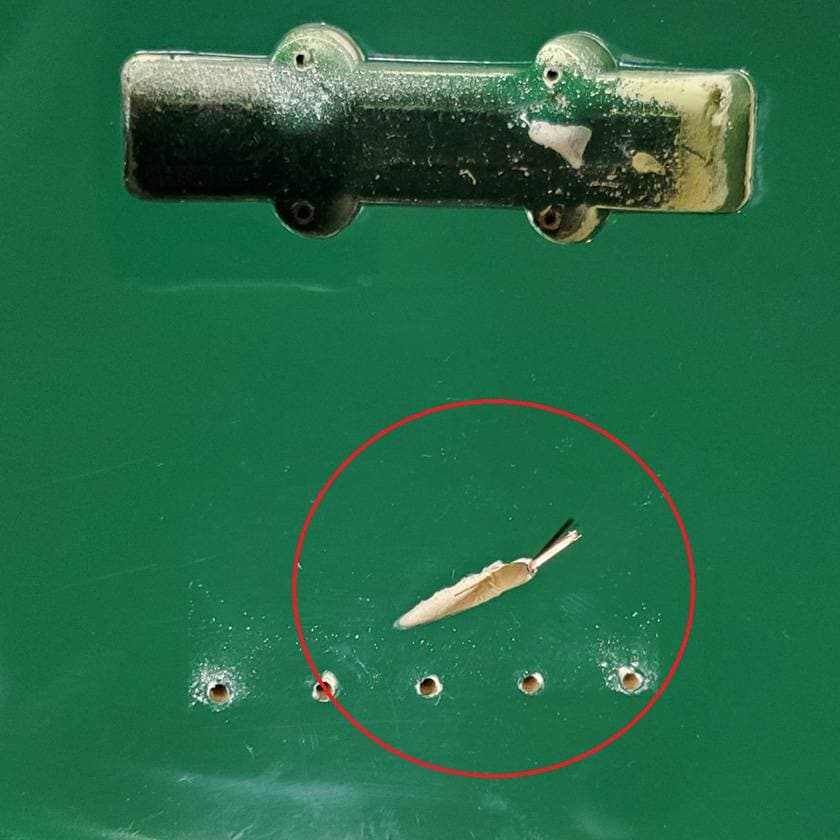
Now that I’ve quickly covered the mysterious wire, there’s another important topic I’d like to address.
Many customers inquire about noise occurring when touching or turning the knobs.
At first glance, this might seem unrelated to string grounding, but there’s a common factor among customers who ask this question.
They use guitars or basses with metal knobs.
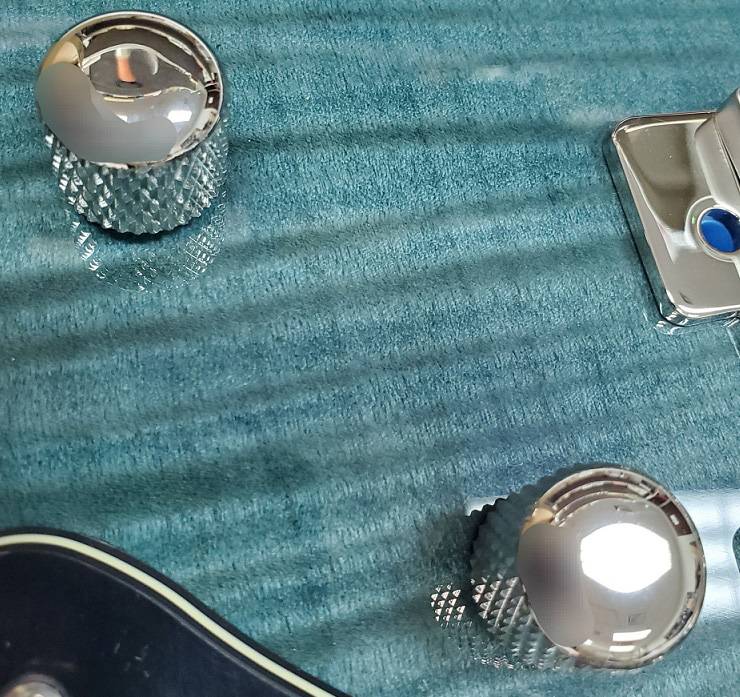
Since metal knobs are made of conductive material, the noise collected by the player flows through the player’s body → knob → pot → ground, serving the same purpose as the string ground wire.
So why does touching or turning the knobs cause crackling noise? It’s because the metal contact needed for string grounding is unstable.
The knob and pot shaft are usually fixed with a single set screw. As the shaft turns, the string ground intermittently connects and disconnects, causing the crackling noise.
Here are a few solutions for customers experiencing this issue:
Touch the knobs while touching the strings
This is the simplest and most cost-effective method.
With the string ground already connected, touching the knobs won’t cause noise.
Replace the knobs with plastic ones
Plastic or resin knobs don’t conduct electricity, so they won’t act as a ground for the strings (eliminating noise by touching knobs), thus preventing noise.
However, if you think plastic knobs look bad on a Telecaster or Jazz Bass, consider the next option.
Use a handy gadget
Sound House carries the ESP Metal Knob Noise Killer.
This product maintains constant contact between the knob and pot shaft, stabilizing the string ground connection and reducing noise when touching the knobs.
How was it?
I’ve explained string grounding and provided some solutions. I hope this helps solve any issues you may have.
Please note that pot noise isn’t solely due to string grounding; it can also result from component deterioration.
Additionally, most acoustic electric guitars don’t have string grounding, but I’ll cover that in my future blog post.
See you again on the Sound House Staff Blog.
Goodbye!





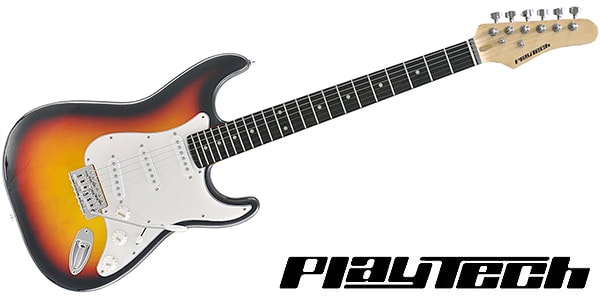
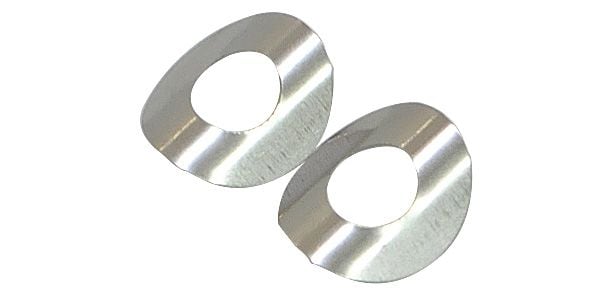



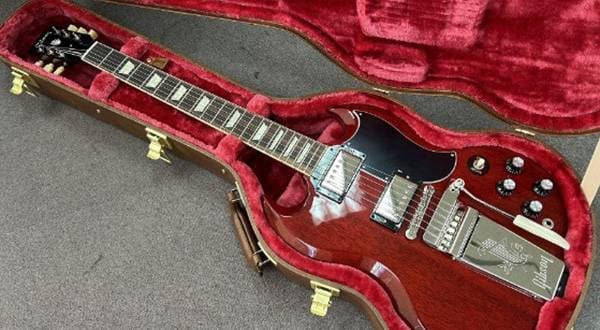
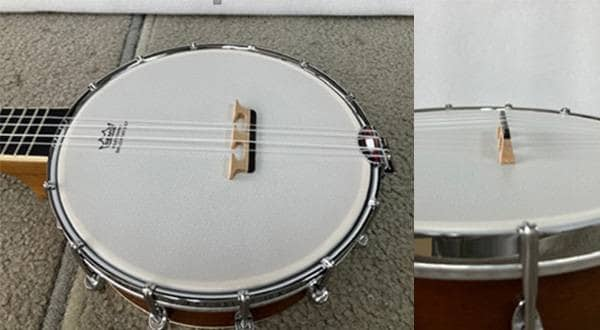

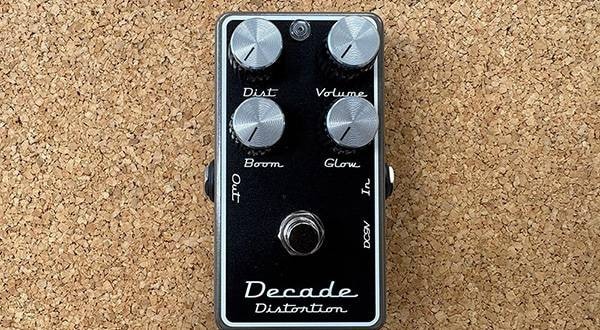
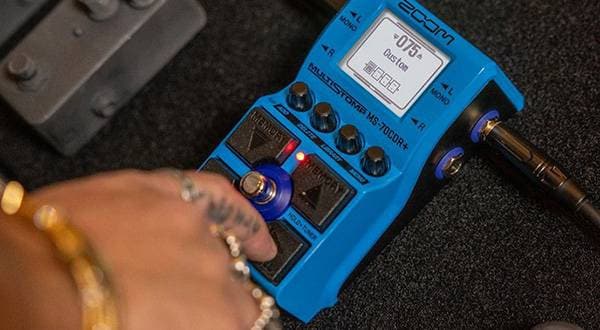

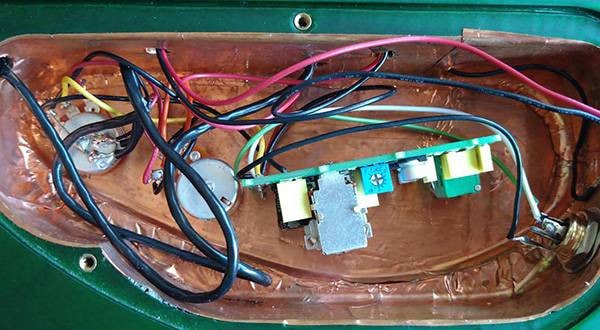
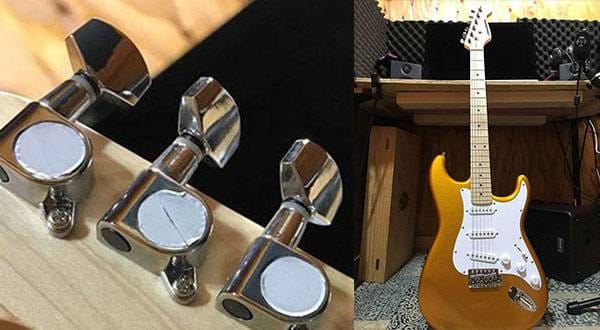
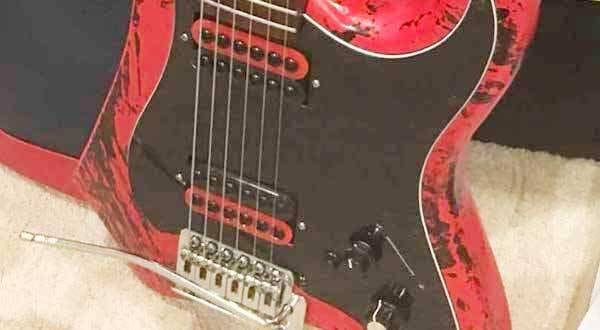
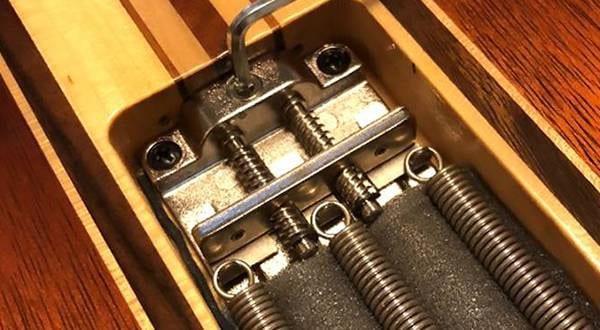
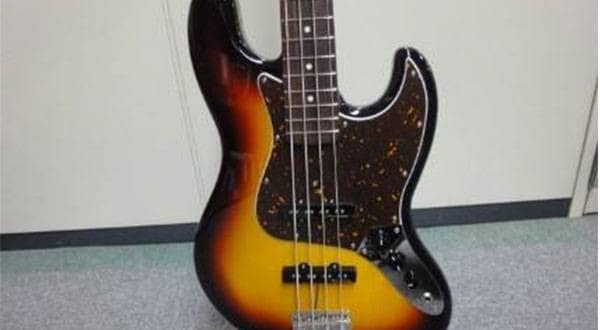
 DIY ギターメンテナンス
DIY ギターメンテナンス
 配線カスタマイズ 第1回
配線カスタマイズ 第1回
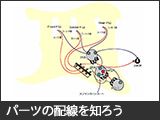 パーツの配線を知ろう
パーツの配線を知ろう
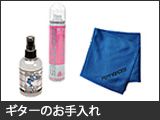 ギターのお手入れ
ギターのお手入れ
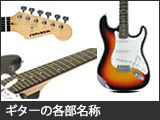 ギターの各部名称
ギターの各部名称
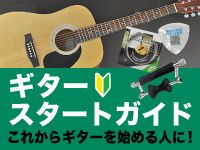 ギタースタートガイド
ギタースタートガイド
